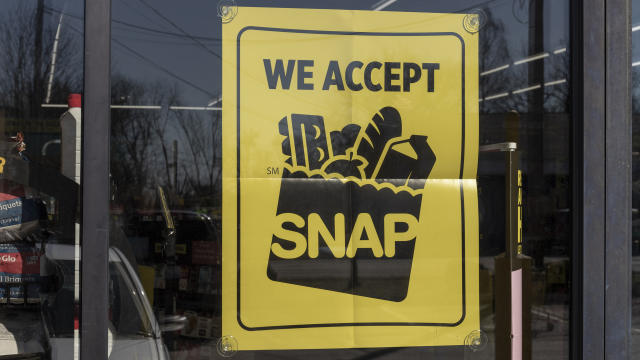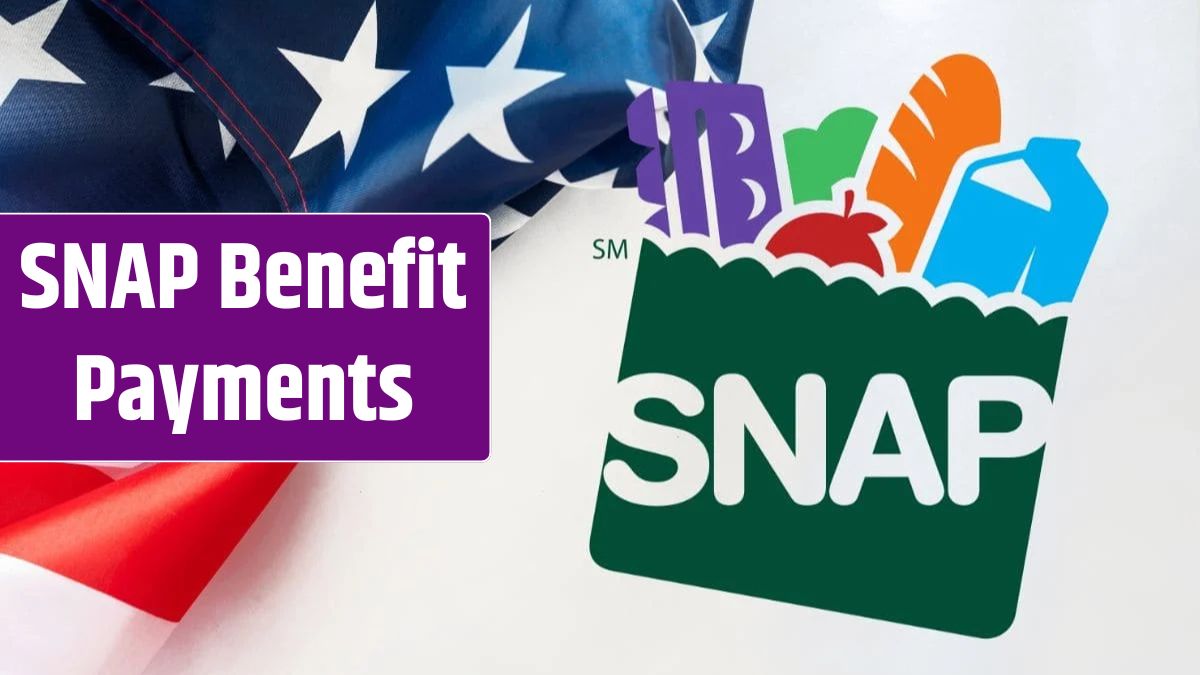Unsettling problems with SNAP benefits around the country are shown by recent statistics from the USDA as well as FNS. SNAP benefits, which are essential for numerous families, are presently being underpaid or overpaid to millions of Americans.
The most recent fiscal year 2023 data indicates that there is a high rate of SNAP payment errors. 1.64% of payouts were underemployed, and 10.03% of payouts were overpriced. These inaccuracies are more likely to be the result of incorrect qualification or benefit calculation than fraud.
For families who depend on SNAP as a form of security, Cindy Long, Administrator of the Food and Nutrition Service, underlined the need for correct benefits. She emphasized that to preserve public confidence and prevent financial fines, states must increase accuracy.
States manage SNAP administration, although the FNS actively works to lower faults and guarantee on-time payments. To improve application processes and eligibility assessments, they offer technology loans, digital training, and onsite visits.

According to the research, Maine, Delaware, and Washington, D.C. had the lowest underpayment rates, at 4.58%. Alaska and New Jersey, on the other hand, had the greatest rates of overpayment.
These results highlight the difficulties of overseeing a program that affects millions of people. Enhancing SNAP payment reliability is essential for both participants and the program’s ongoing integrity. The goal of helping needy families throughout the country stays front and center as efforts to solve these concerns continue.
The outdated approaches utilized to calculate benefits are one of the main causes of these insufficient payments. Although SNAP benefits are meant to compensate for modifications to the cost of living, such modifications are frequently inadequate or delayed. Because of this, recipients discover that their benefits are insufficient to keep up with the growing price of food and other necessities.
The issue has also been made worse by delays in certification and application procedures. When enrolling for SNAP or extending their benefits, numerous eligible people encounter lengthy wait times and procedural barriers, which can result in coverage gaps or inaccurate benefit amounts being paid out.
